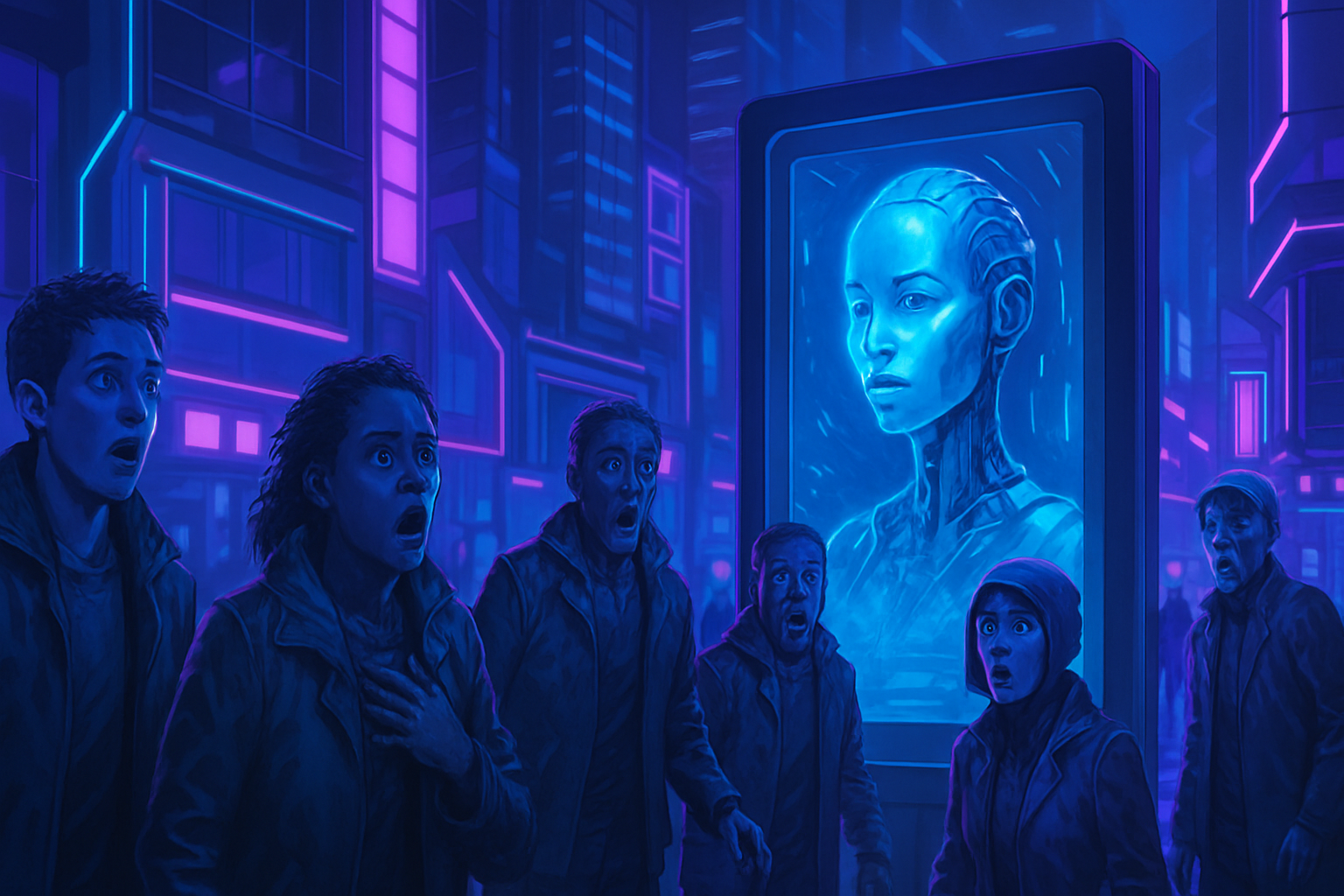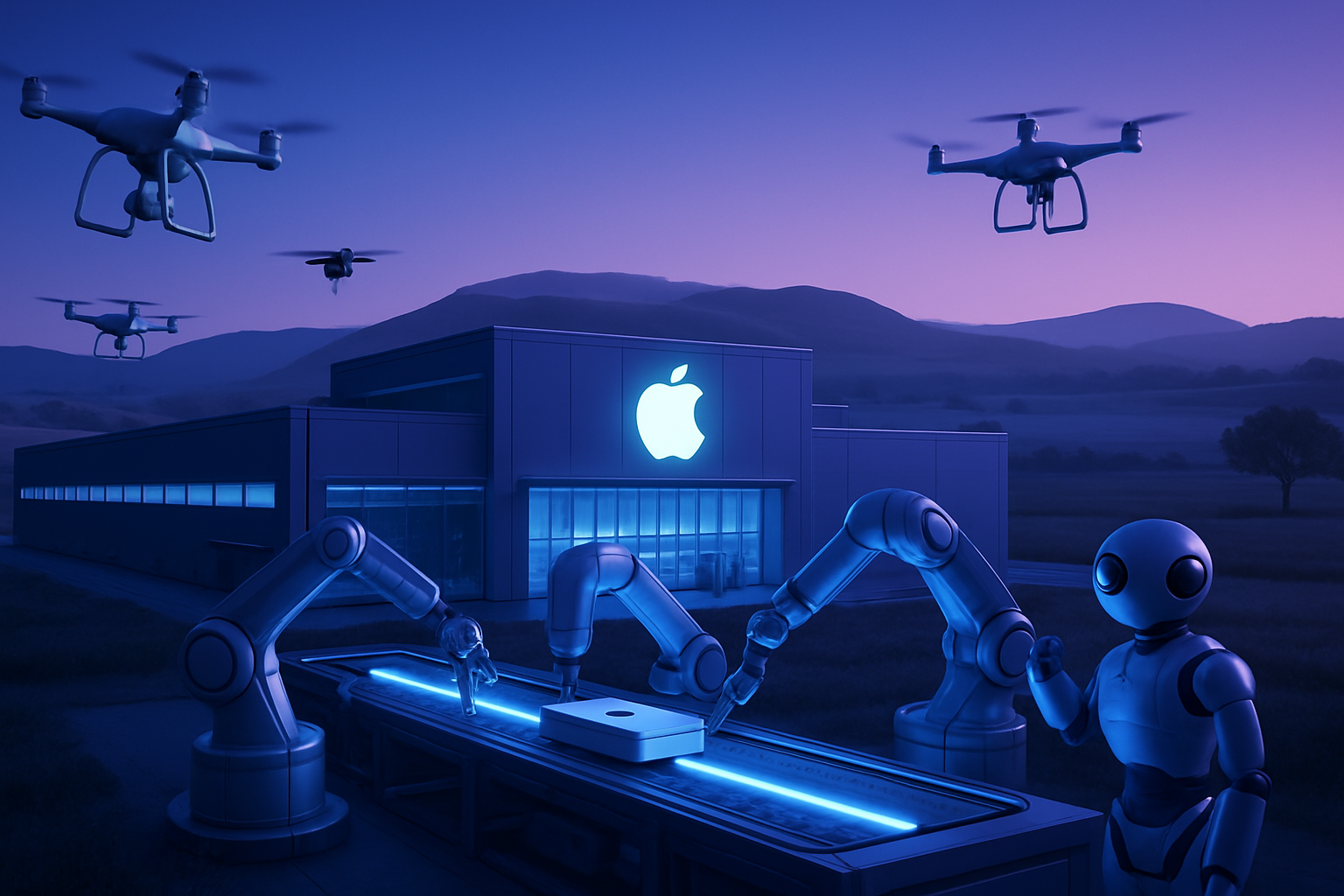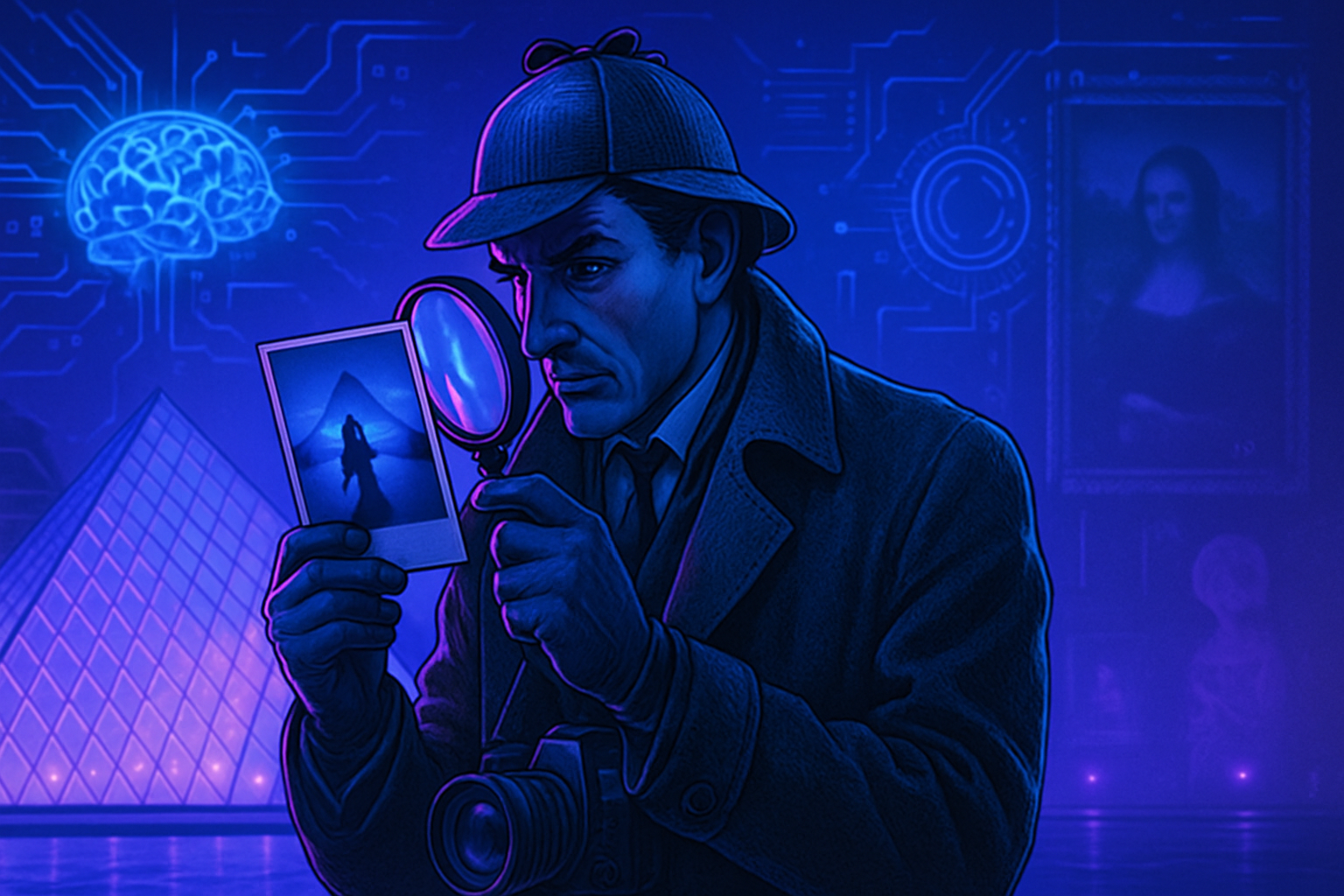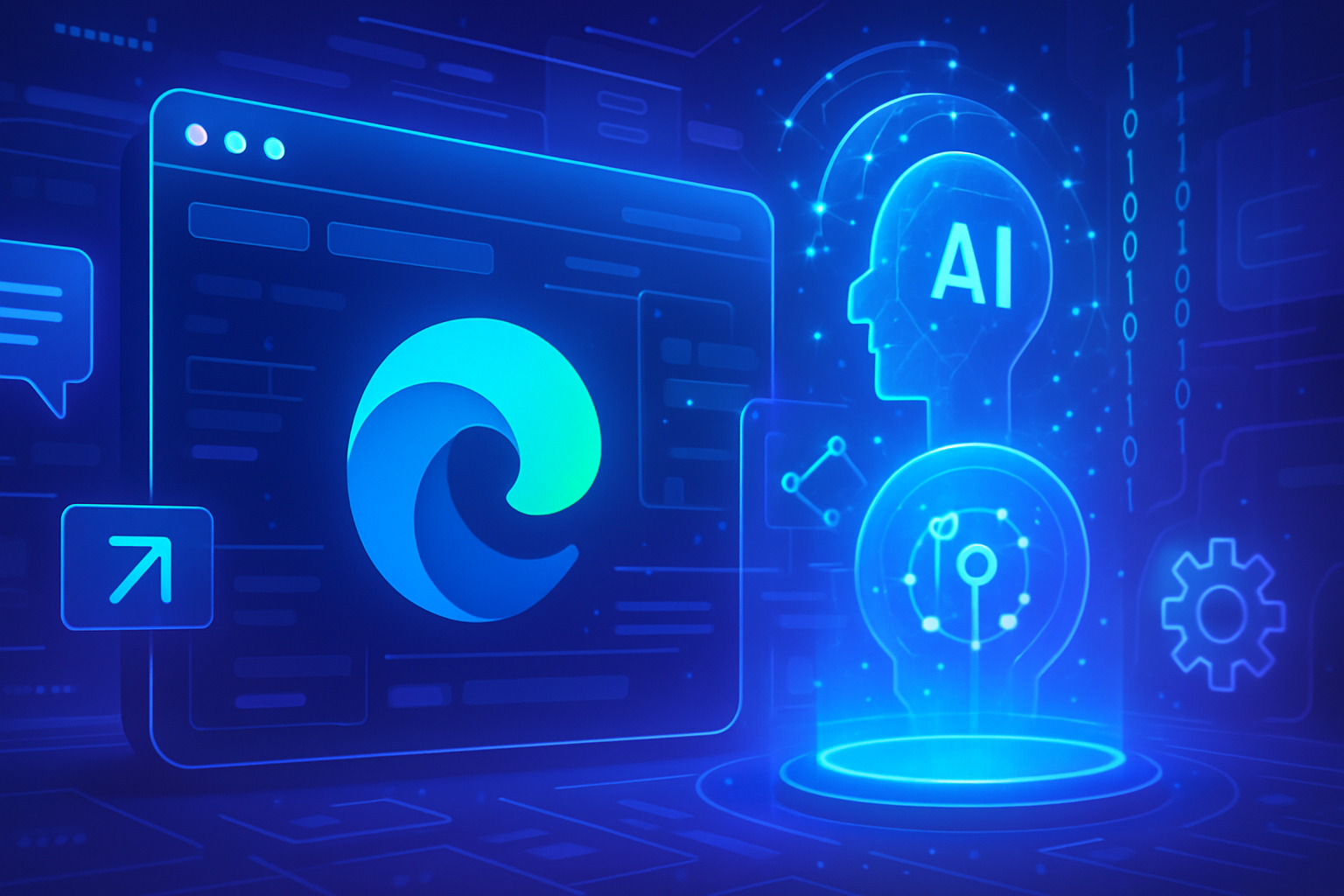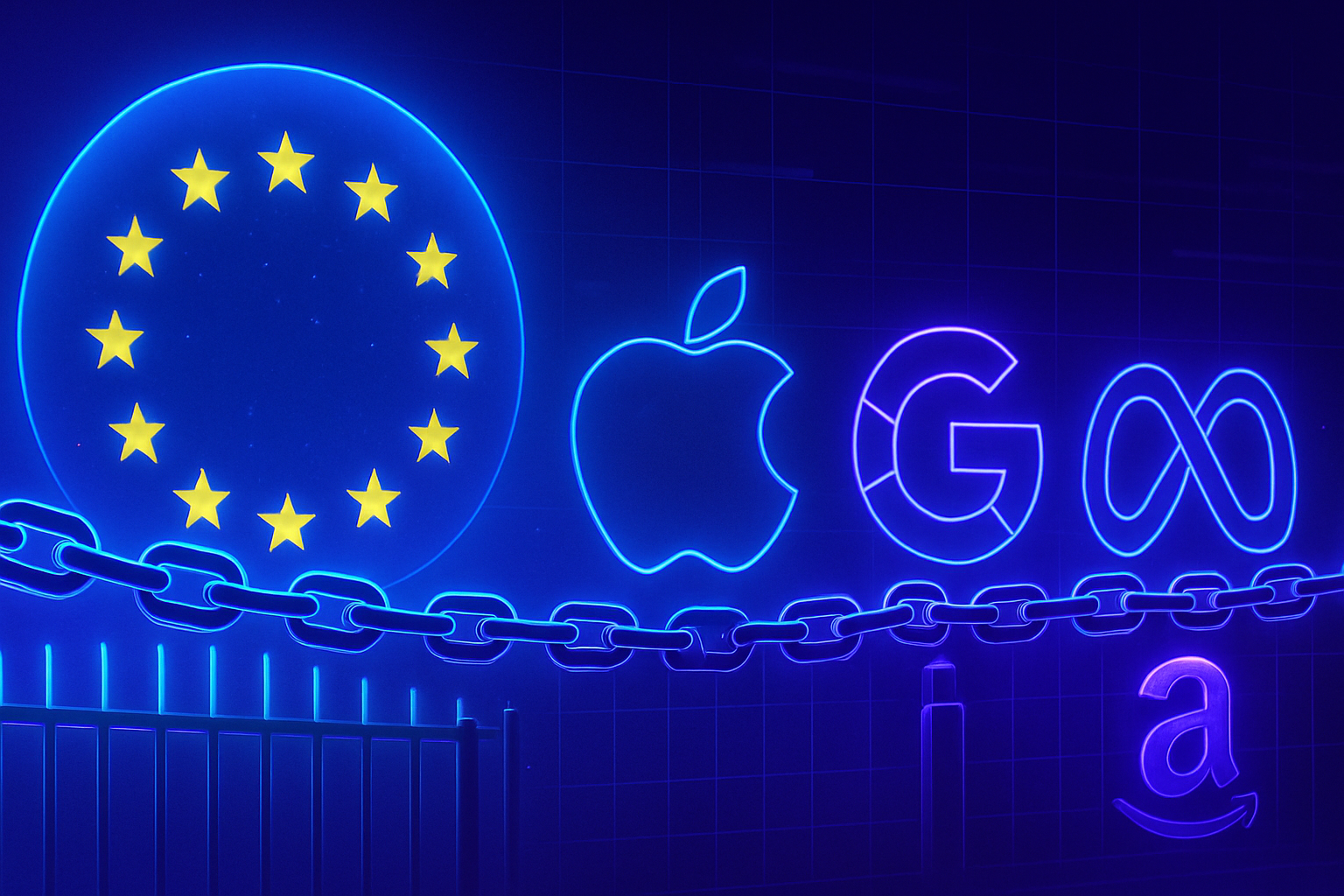The reality of AI-generated child abuse images is alarmingly serious. The technological advancements significantly increase their realism. This evolution raises central ethical and legal questions regarding child safety. The Internet Watch Foundation’s report highlights a shocking increase in illegal content. A 380% rise in reports of abusive images reflects a pressing crisis. Government measures, considering banning such technologies, align with an urgent need for enhanced protection. The emergence of tools like Image Intercept, designed to assist platforms, marks a step forward in combating this insidious threat.
AI-generated child abuse images
Significant advancements in artificial intelligence technology have led to the creation of child abuse images with a striking realism. This observation comes from the annual report of the Internet Watch Foundation (IWF), a UK online safety monitoring body, which noted alarming developments in the production of illegal content by malicious individuals.
A concerning increase in reports
In 2024, the IWF received 245 reports of AI-generated images implicating child abuse, representing a 380% increase from the 51 reports the previous year. This total amounts to 7,644 images as well as a limited number of videos, demonstrating that each URL may contain multiple examples of illegal content.
Classification of illegal content
A large portion of the recorded images falls into category A, which corresponds to the most extreme content of child abuse, including penetrative sexual activities. The results show that 39% of the materials generated by AI were of such shocking and unacceptable nature.
New legislations and prevention measures
In response to this growing issue, the government announced in February legislative measures making it illegal to possess, create, or distribute AI tools designed to generate child sexual abuse material. This initiative aims to address a worrying legal gap that alarmed law enforcement and online safety advocates.
Resources for combating abuse
The IWF recently made available to smaller platforms a new security tool, Image Intercept. This tool is designed to detect and block images listed in a database containing 2.8 million images recognized as criminal. This initiative should assist sites in complying with the new online safety law, aimed at protecting children and countering illegal content like child abuse.
Advances in detecting abuse
Derek Ray-Hill, interim director of the IWF, expressed that the free availability of this tool represents a turning point for online safety. Simultaneously, the Secretary of Technology, Peter Kyle, highlighted that the rise of AI-generated content as well as sextortion, where children are victims of blackmail following the sending of intimate images, illuminates the constant evolution of the threats facing young people online.
Accessibility of AI-generated images
A troubling observation also arises from analyses: AI-generated images are increasingly appearing on the accessible internet, and not just on the dark web. Even for trained IWF analysts, distinguishing these materials from real images and videos proves to be a significant challenge.
Global response to digital challenges
Recent developments highlight the need for businesses and online platforms to adopt innovative and robust solutions. Initiatives such as government engagement in the fight against child sexual abuse integrate into a global approach aimed at ensuring a safer online environment.
Prevention efforts must continue to evolve to counter constantly changing challenges while relying on suitable technologies.
Frequently asked questions about AI-generated child abuse images
What are the consequences of creating AI-generated child abuse images?
The creation of AI-generated child abuse images contributes to the circulation of illegal content, violating the law, and represents a growing threat to young people online. It also normalizes abuse and exposes victims to increased risk.
How do advancements in AI affect the quality of child abuse images?
Technological advancements in AI enable the production of child abuse images that have become significantly more realistic, making it more difficult for authorities to identify and trace this content.
What actions are being taken by regulatory bodies in response to this issue?
Organizations like the Internet Watch Foundation (IWF) are implementing detection tools and reporting cases of abuse images while collaborating with authorities to strengthen legislation and protect children.
What types of AI-generated content are the most concerning?
Concerning content includes category A material, which encompasses images depicting penetrative sexual activities or violence. This content represents a significant proportion of reports of AI-generated images.
What legal measures are being considered to combat this phenomenon?
It is anticipated that possessing, creating, or distributing AI tools intended to generate child abuse material will become illegal, thereby closing a legal loophole that allowed some individuals to circumvent existing laws.
Where can AI-generated child abuse images be found?
These images are now increasingly visible on the open internet, making their detection more complex for regulatory bodies that previously focused primarily on the “dark web”.
How can smaller platforms protect themselves against the dissemination of this content?
Tools like Image Intercept, made available for free, allow smaller platforms to effectively detect and block recognized criminal images to comply with current legislation.
What role does the government play in combating AI-generated images?
The government is committed to legislating to make illegal the practices related to the production of AI-generated content concerning child abuse, emphasizing the importance of a proactive approach to protect young people online.
